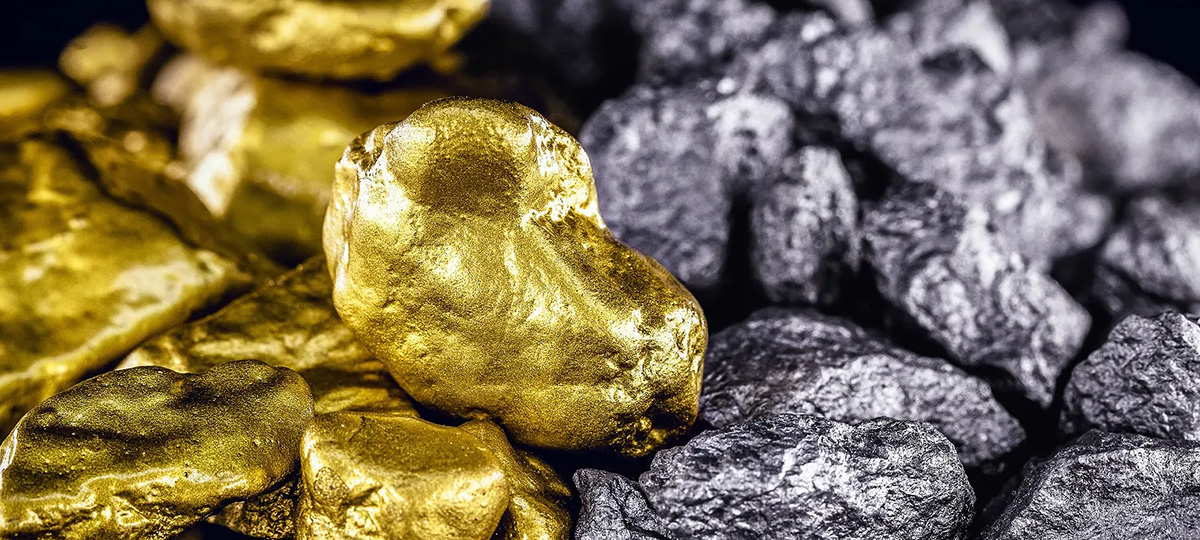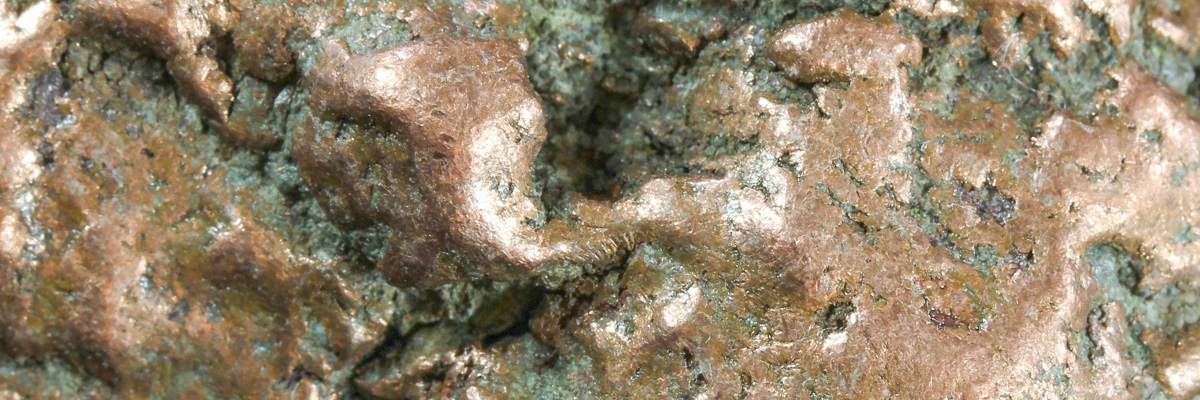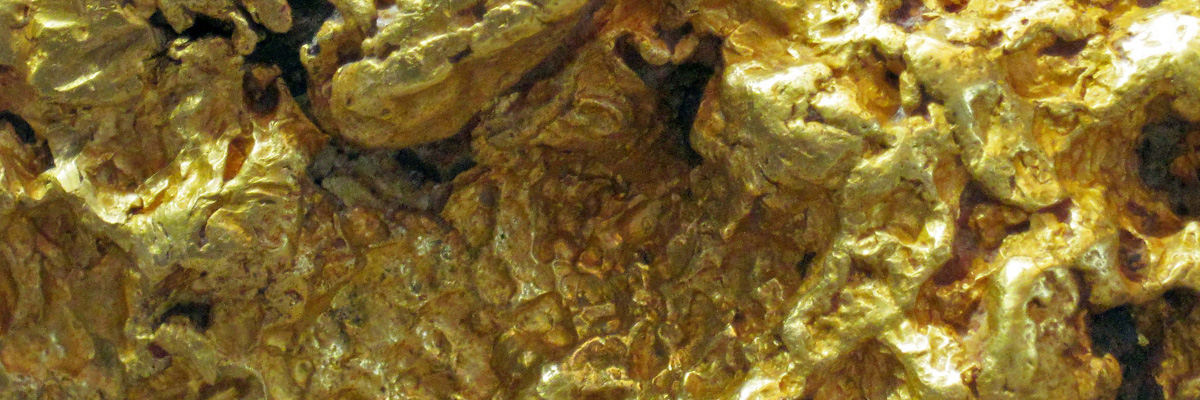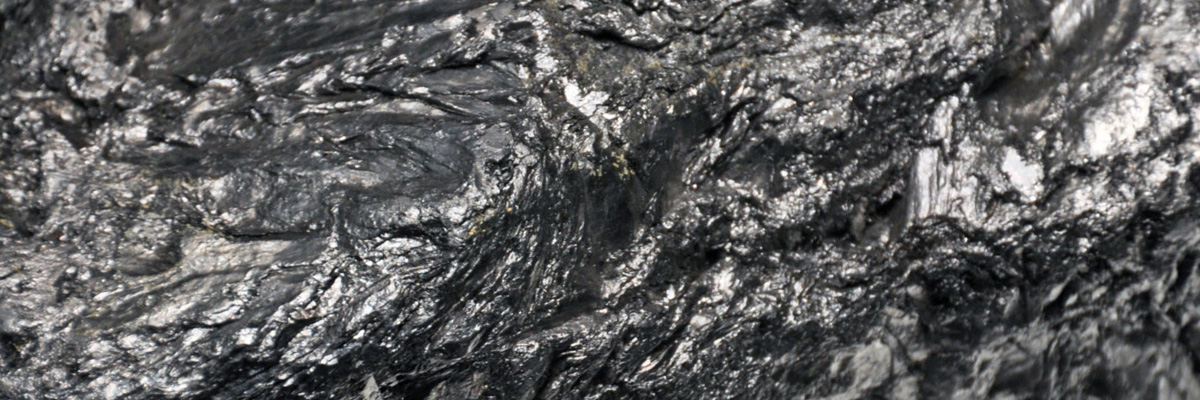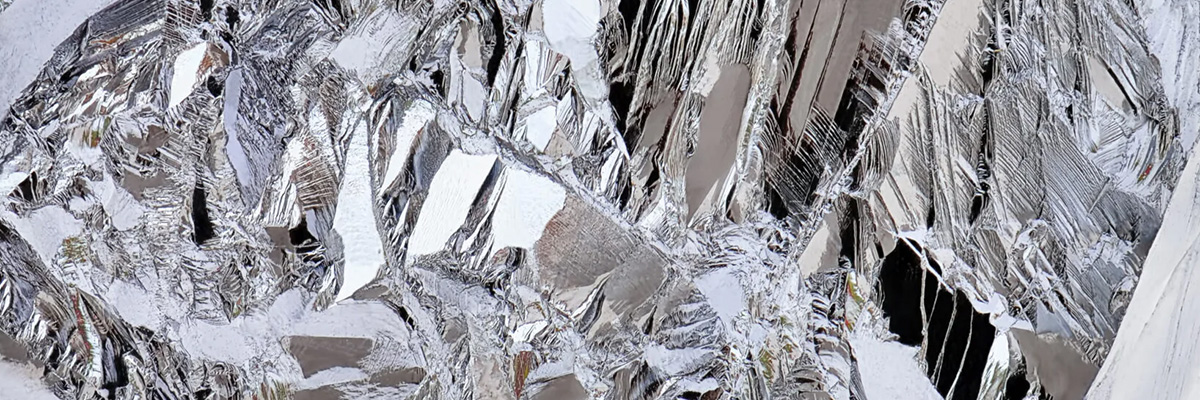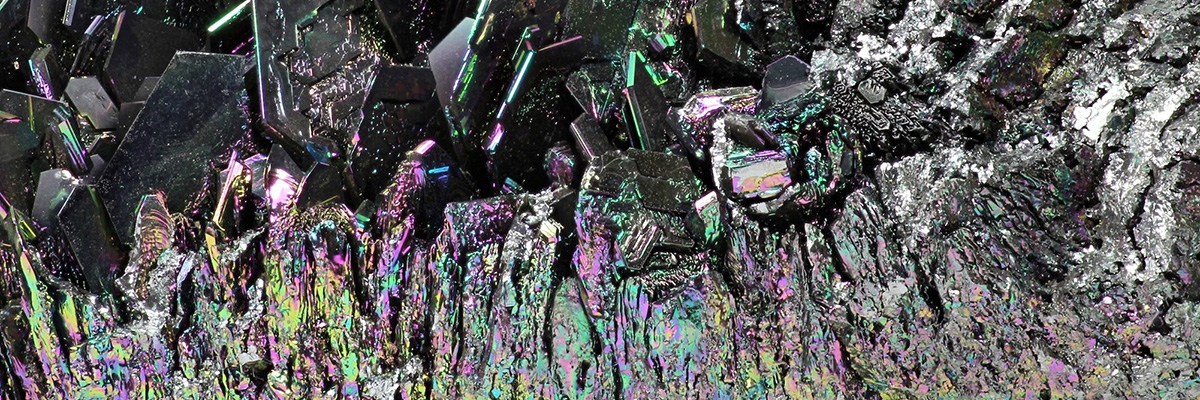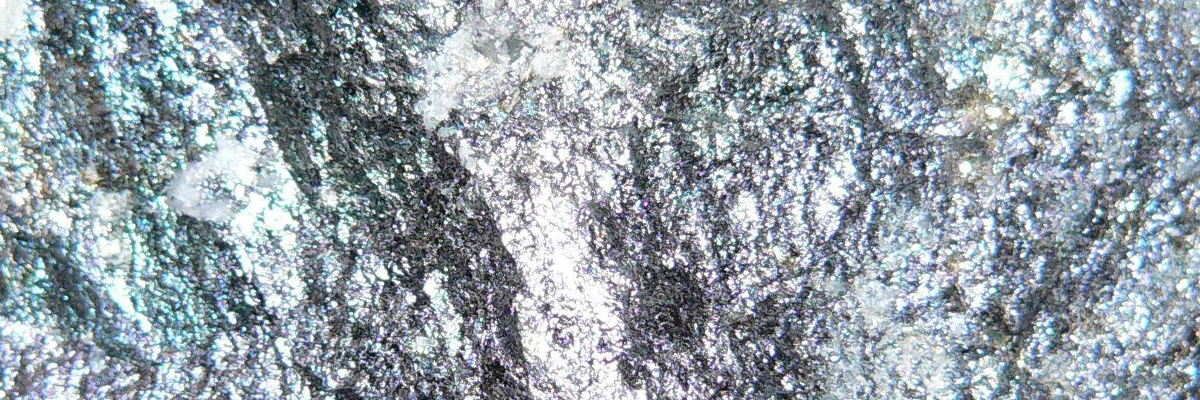Native element minerals are a unique and captivating group of minerals composed of a single chemical element in their pure form. They can be found in various geological settings, such as hydrothermal veins, igneous rocks, and placer deposits. Native element minerals serve as sources of precious metals, industrial materials, and gemstones.
Formation:
Native element minerals form under a range of geological conditions, such as magmatic processes, hydrothermal systems, and surface weathering. They can crystallize from magmas, precipitate from hydrothermal fluids, or occur as residual concentrations after the weathering of rocks. Native elements are typically formed under specific temperature, pressure, and chemical conditions that favor the stability of a single element over its combined form.
Types:
The native element group comprises a diverse range of minerals, including:
- Gold (Au):
A yellow, metallic, and highly valuable mineral, gold is found in hydrothermal veins, igneous rocks, and placer deposits. Gold is prized for its beauty, rarity, and resistance to corrosion. - Silver (Ag):
A soft, white, metallic mineral, silver is typically found in hydrothermal veins, sometimes in association with gold. Silver is used in jewelry, coins, and various industrial applications. - Copper (Cu):
Copper is a reddish, metallic mineral that can occur in its native form in hydrothermal veins and igneous rocks. Native copper is less common than copper sulfides but has been historically important as a source of copper. - Diamond (C):
Known for its extreme hardness (10 on the Mohs scale) and beauty, diamond is a crystalline form of carbon. Diamonds are found in kimberlite pipes and placer deposits, often in association with other heavy minerals. - Graphite (C):
Graphite is another form of carbon and has a characteristic slippery feel. It is found in metamorphic rocks and as a result of hydrothermal processes. Graphite is used as a lubricant, in batteries, and as the “lead” in pencils. - Sulfur (S):
A bright yellow, non-metallic mineral, sulfur is found near volcanic vents, hot springs, and in sedimentary rocks. Sulfur is used in the production of sulfuric acid, fertilizers, and various industrial chemicals.
Properties:
Native element minerals exhibit diverse physical and chemical properties, depending on their chemical composition. They can be metallic, non-metallic, or even gem-quality, with colors ranging from yellow, red, white, to black. Native elements display varying degrees of hardness and specific gravities.
Native element minerals are generally resistant to chemical reactions and weathering, which allows them to persist in their pure form in the Earth’s crust.
Significance:
Native element minerals hold substantial significance in various fields. In geology, they provide insights into the Earth’s crust’s composition, structure, and geological history. For example, the presence of gold in a hydrothermal vein can indicate the existence of a gold-rich deposit.
Economically, native element minerals are important sources of precious metals and industrial materials. Gold, silver, and copper are used in electronics, jewelry, and construction. Diamond and graphite, both forms of carbon, have essential applications in cutting tools, abrasives, lubricants, and batteries.
The study of native element minerals also has implications for understanding the Earth’s geochemical cycles and the distribution of elements in the Earth’s crust. The occurrence and concentration of native elements can provide valuable information about geological processes and the formation of ore deposits.
Examples
-
Arsenic
Arsenic is a chemical element and a metalloid element known for its distinct metallic gray color and its toxic nature. It belongs to group 15 …
-
Copper
Copper is a native metal mineral belonging to the copper group, characterized by its distinctive reddish-orange hue and metallic luster. The metal is ductile, malleable, …
-
Diamond
Diamond, a native element and member of the carbon group, is renowned for its incredible hardness, exceptional luster, and the unique way it reflects and …
-
Gold
Gold, a native element and precious metal, is renowned for its distinct yellow color, metallic luster, and exceptional resistance to tarnish and corrosion. Gold is …
-
Graphite
Graphite, a member of the native element class and carbon group, is a naturally occurring mineral composed of crystalline carbon. Known for its dark gray …
-
Iron
Iron is a metallic element and the most abundant metal in the Earth’s crust. As part of the transition metal series, it is known for …
-
Lead
Lead is a dense, soft, and malleable heavy metal belonging to the carbon group of elements. It is known for its dull, metallic gray appearance …
-
Nickel
Nickel is a transition metal known for its lustrous silver-white appearance, high ductility, and resistance to corrosion. This metallic element exhibits a cubic crystal structure, …
-
Platinum
Platinum is a precious metal belonging to the platinum group of elements, which also includes iridium, osmium, palladium, rhodium, and ruthenium. Known for its silvery-white …
-
Silicon
Silicon, a member of the metalloid class in the carbon group, is the second most abundant element in the Earth’s crust. It rarely occurs in …
-
Silver
Silver, a native element and precious metal, is highly prized for its brilliant white metallic luster, excellent ductility, and high electrical and thermal conductivity. As …
-
Sulfur
Sulfur is a non-metallic element belonging to the chalcogen group. It is characterized by its vibrant yellow color, crystalline structure, and a distinct, unpleasant odor …
-
Tin
Tin is a post-transition metal known for its soft, silvery-white appearance and low melting point. This malleable and ductile metal exhibits a tetragonal crystal structure …
-
Zinc
Zinc is a transition metal known for its bluish-white color and metallic luster. This essential trace element exhibits a hexagonal crystal structure and is relatively …

Related Posts
-
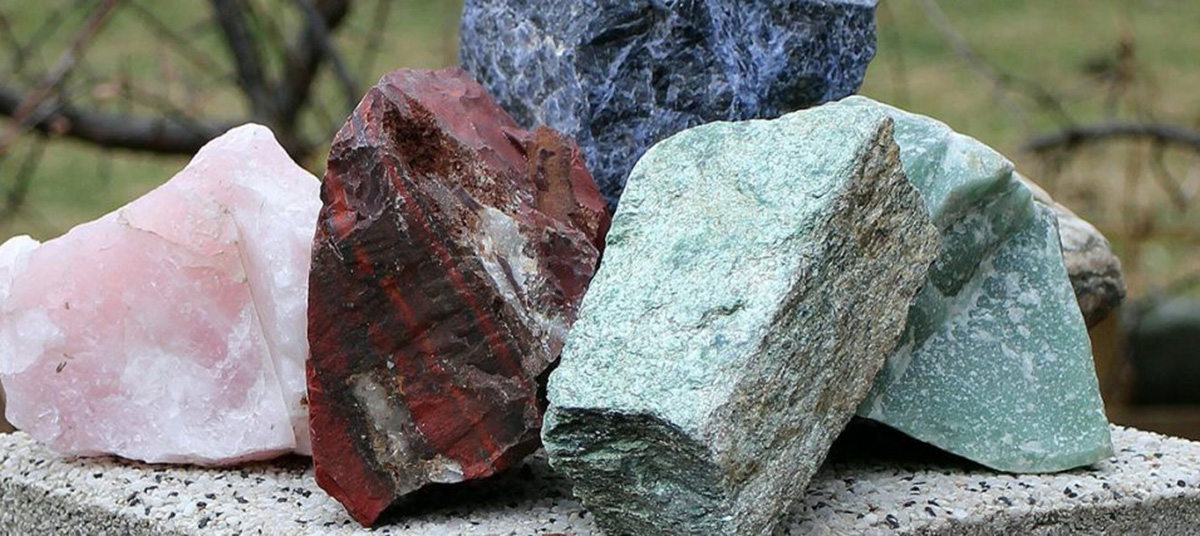
Minerals vs. Rocks
Minerals and rocks, commonly mistaken as synonymous, possess unique characteristics in terms of composition, formation, and properties. This discussion will delve into the primary distinctions …
-
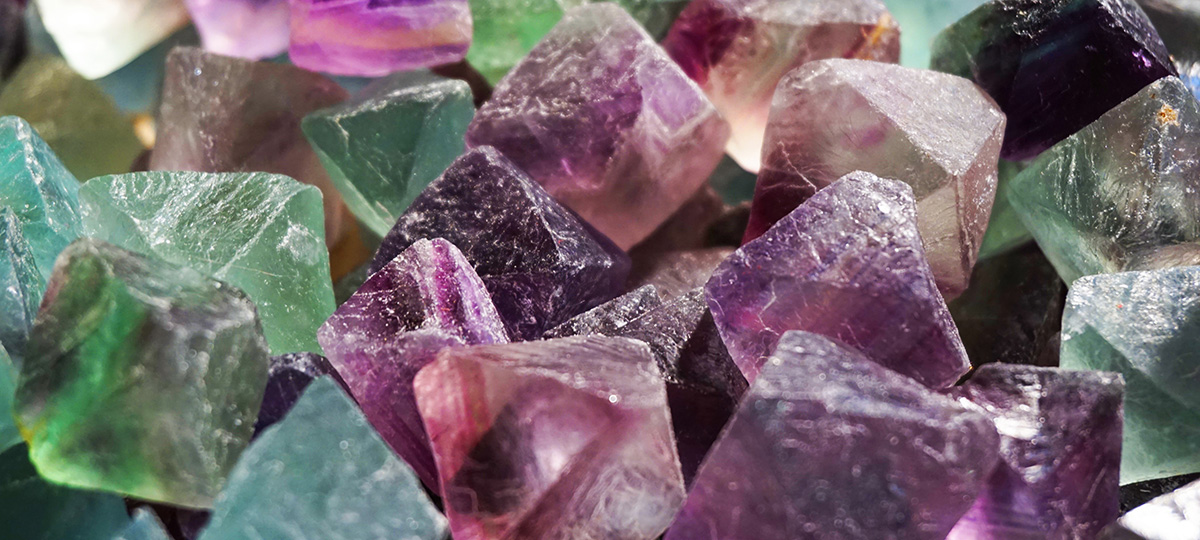
Mineral Basics
Minerals, naturally occurring substances formed through geological processes, are the essential components of rocks. These substances often take thousands or even millions of years to …
-

Mineral Identification
Mineral identification is the process of determining the name and characteristics of a mineral specimen by using a variety of tests. It is an important …
-

Mohs Hardness Scale
The Mohs Hardness Scale is a universally recognized tool used to classify the hardness of minerals based on their ability to scratch one another. Developed …
